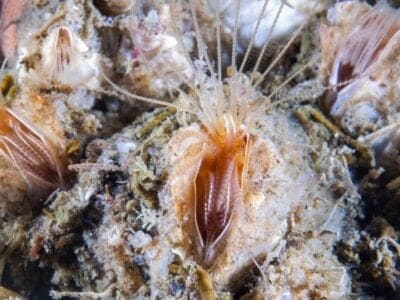Below you can find a complete list of Arctic animals. We currently track 52 animals in the Arctic and are adding more every day!
The Arctic is the area around the North Pole that used to be known for being cold year-round. With climate change, temperatures have reached as high as 100 degrees Fahrenheit, which has disturbed the habitat of some of its most iconic animals. The Arctic is made up mostly of the Arctic ocean, its many islands, and the far northern lands of Europe, Asia, Russia, Greenland, Canada, and Alaska. Seas that are part of the Arctic Ocean include the Chukchi Sea, the East Siberian Sea, the Barents Sea, the Laptev Sea, the Greenland Sea, the Kara Sea, and the Norwegian Sea. The Northern lights are an ethereal display that can be seen in the Arctic regions from November – February.
©Thampitakkull Jakkree/Shutterstock.com
During the winter months, the Arctic is in perpetual night, while during the summer the sun shines on most areas for most of the day. Much of the Arctic is tundra, which means that the temperatures are so cold and the amount of sunlight so scant that trees don’t grow there. The subsoil in the Arctic tundra is also permanently frozen and is called permafrost, though it too is melting in places. Still, wildlife in the Arctic is unique and abundant, even though some of it is endangered.
The Official National Animal of the Arctic
The official national animal of the Arctic is the polar bear. Here are some facts about the polar bear:
The polar bear is the largest bear and the largest carnivore in the world, larger even than the grizzly. An adult male or boar can weigh between 770 and 1540 pounds, while a female or sow weighs about half that. It is unique for its white fur, though this is an optical illusion. The bear has two layers of fur. They are the underfur and the guard hairs, which are actually transparent. Interestingly, the polar bear’s skin is black. It is found on the islands of the Arctic Ocean and on the ice floes of its seas, and so is considered a marine mammal by scientists.
Rarest Animal in the Arctic
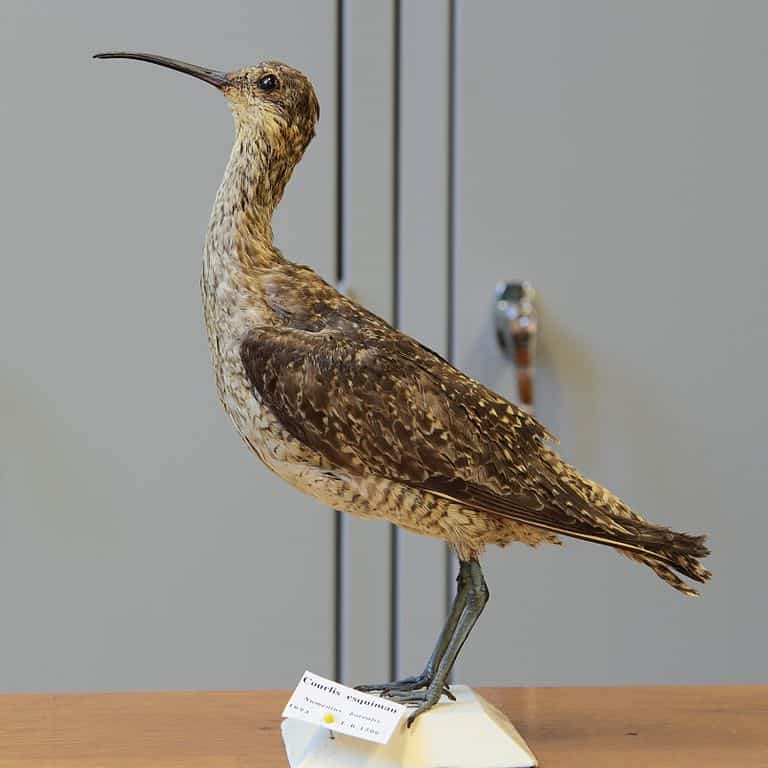
The critically endangered Eskimo curlew is the rarest animal in the Arctic.
The rarest animal in the Arctic region is the critically endangered Eskimo curlew, also known as the prairie pigeon. In the 1800s millions of these birds followed migration routes from the Yukon and Northwest territories across Canada, then south over the Atlantic Ocean to South America for the Winter. On their journey North, they travel across the great plains of the U.S.
Eskimo curlews form a species pair with the smaller Asian little curlew and are a mottled brown bird with long dark grey legs and a long bill curved slightly downward. The birds eat berries, snails, and insects.
There was a time when Eskimo curlews may have been one of the most numerous shorebirds in North America, with a population in the millions. As many as two million birds per year were killed near the end of the 19th century. Eskimo curlews are fully protected in Argentina, Brazil, Canada, Mexico, and the United States.
Rarest Animals in the Arctic

The Arctic Fox has a keen sense of smell and can detect lemmings in their nests under the snow.
©iStock.com/MikeLane45
Arctic Fox
The Arctic fox is native to the Arctic regions and well adapted to living in the cold environment with its extra thick white coat that matches the snow in winter. Their small ears resist frostbite and the dark skin under their fur helps them absorb heat. As a matter of fact, their diminutive size also contributes to their survival. They typically weigh 5 – 15 pounds and are only 18 – 27 inches long – the same size as a small dog or a cat.
This beautiful animal has been declining in numbers due to overhunting. Because of diminishing ice, red foxes have encroached on the Arctic foxes’ territory, causing them to compete for the same food. Red foxes have been seen killing their white counterparts. The Narwhal or Narwhale lives year-round in the Arctic waters around Greenland, Canada, and Russia. ©iStock.com/dottedhippo
Narwhal
Narwhals are small whales native to Arctic waters around Greenland, Canada, and Russia. They are known for their distinctive tusk, usually found in males, that grows up to three meters (9.8 feet) in length. The purpose of the tusk is debated but it could be used to hunt fish or to detect the level of salt in the water. Narwhals lack a dorsal fin and are a mottled gray with a light underbelly. Males grow up to 5 meters (16.4 feet) and weigh 1,600 kg (3,500 pounds) – females weigh around 1,000 kg (2,200 pounds).
These little whales have evolved to be one of the deepest diving marine mammals, capable of diving to depths of more than 1,800 meters (5,905 feet) and able to spend much of their time below 800 meters (2,625 feet). Narwhals have totally adapted to live in the icy water of the Arctic and never migrate. They live up to 50 years and are seen in pods of 50 – 100 whales. Beluga whales are listed as an endangered species.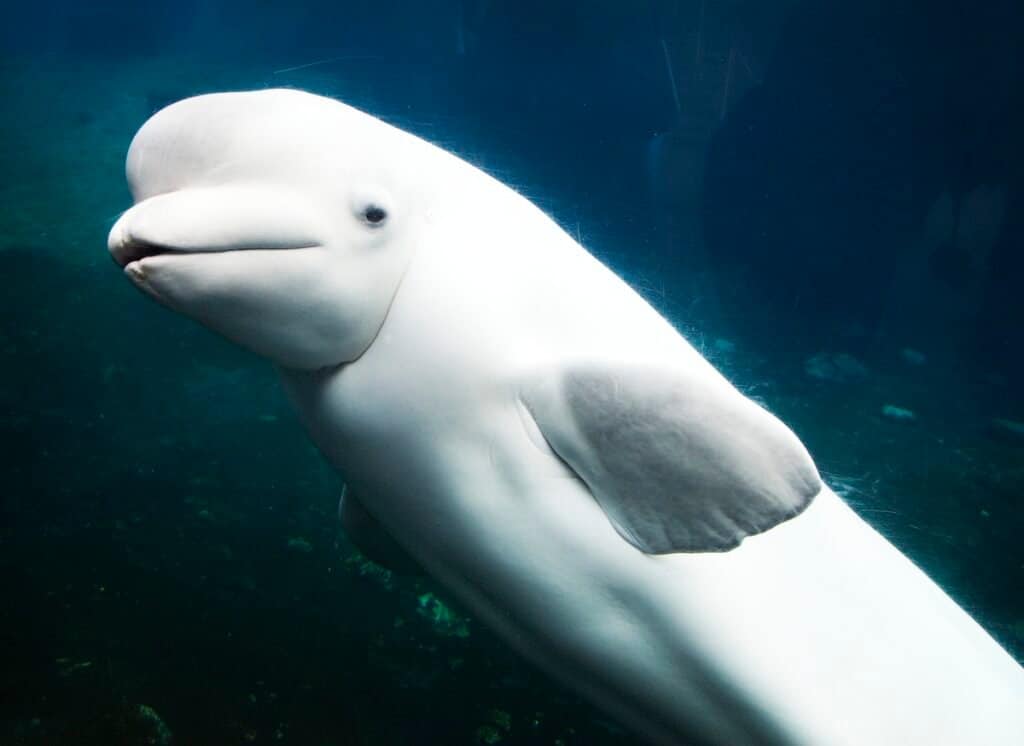
Beluga Whale
These charming little whales are also known as the “canaries of the sea” because of their iconic squeaks, whistles, and chirps they use to communicate with each other. They also have a reputation for being the slowest swimmer among whales with an average speed of only 2 – 6 mph. Compare that with the speed of an orca – who can swim 28 mph.
The Beluga whale shares the family name Monodontidae with the narwhal, another endangered arctic whale. Adults grow to be 11 – 15 feet long and weigh 1,000 – 3,300 pounds. They are easily recognized by their stark white coloring and the globular head with a friendly-looking face. In North America, reindeer are also called caribou. Both the males and females grow antlers. ©Tam and Trace Photography/Shutterstock.com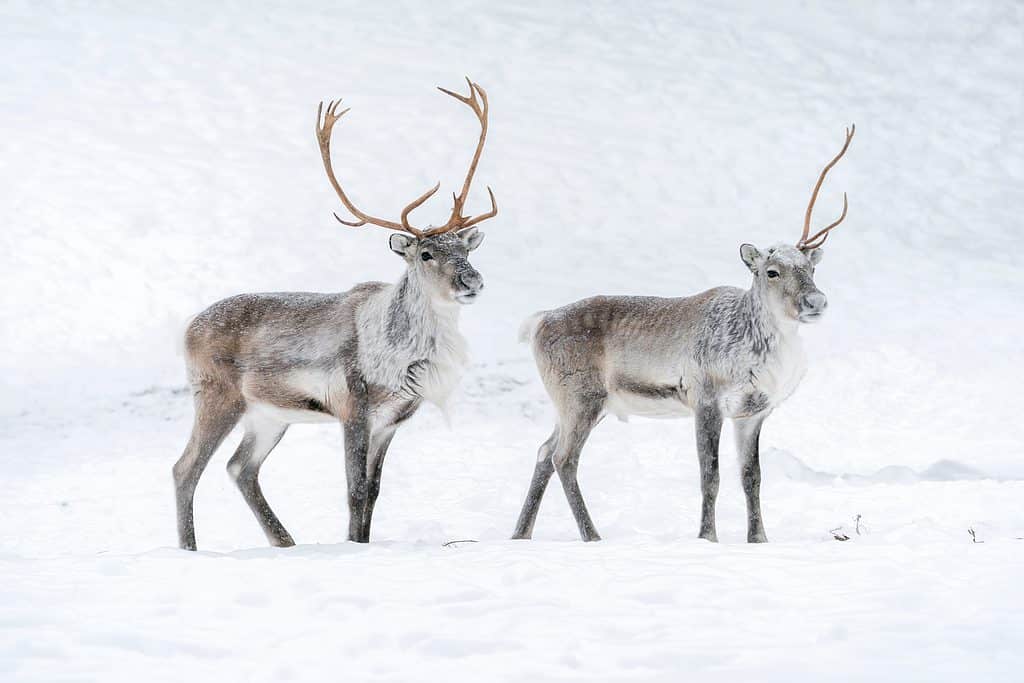
Caribou
Caribou, with their magnificent antlers and thick coats, are large deer adapted to living in frigid climates. Their large hooves allow them to stay on top of heavy snow and they have hair on the bottom of their hooves for extra warmth. Caribou are the only species of deer where both males and females have antlers.
Caribou are considered endangered with one species, the mountain caribou, near extinction. These majestic deer used to roam the arctic in great herds but have seen a global 40% decline in the last 50 years. Their primary threats are land clearing associated with industrial-scale natural mining and infrastructure development.
Also called reindeer, caribou are important to the Arctic ecosystem by adding nitrogen to the tundra soil and water with their droppings. They serve as prey for carnivores such as bears and wolves and sustenance for indigenous hunters.
Largest Animal in the Arctic
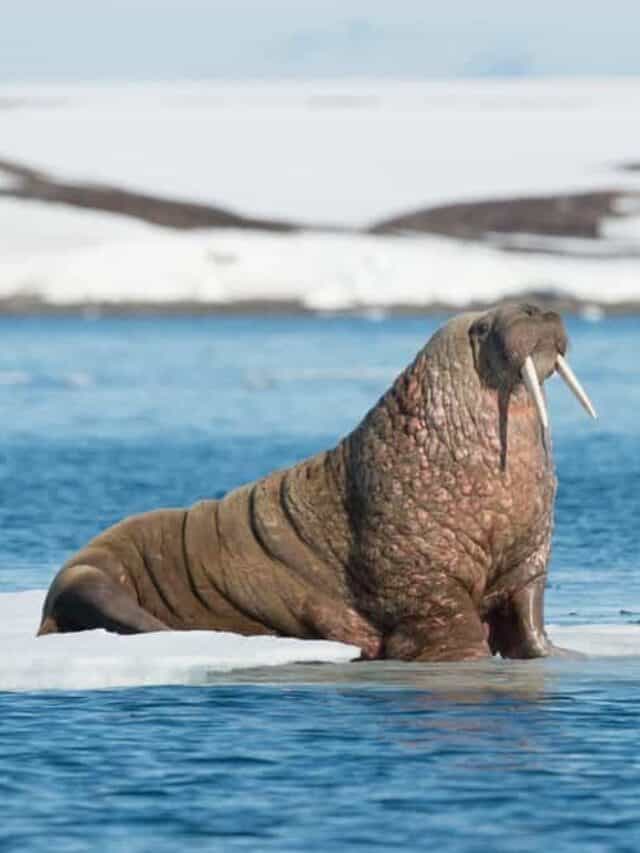
Pacific Walrus
The Bering and Chukchi seas and along the coasts of Alaska and Russia are the homes of the Pacific walrus. These are the biggest animals in the Arctic, strong-bodied with a tough hide that is an inch thick. Their most distinctive feature is their long ivory tusks grown by both males and females. They have hundreds of short highly sensitive whiskers that they use to search the seafloor for food. Adult males are up to 12 feet long and can weigh up to 2 tons – females are smaller and can weigh up to 1 ton.
The Pacific walrus depends on pack ice for its survival – just like the polar bear. Climate change has caused thawing at such alarming levels that this animal is now in danger. The pack ice was used as a nursery for their calves and as a source of clams for their diet.
The Porcupine caribou herd is a large herd of caribou that roams a section of Yukon, Canada, and can be seen at the Arctic National Wildlife Refuge during their spring migration. ©Jukka Jantunen/Shutterstock.com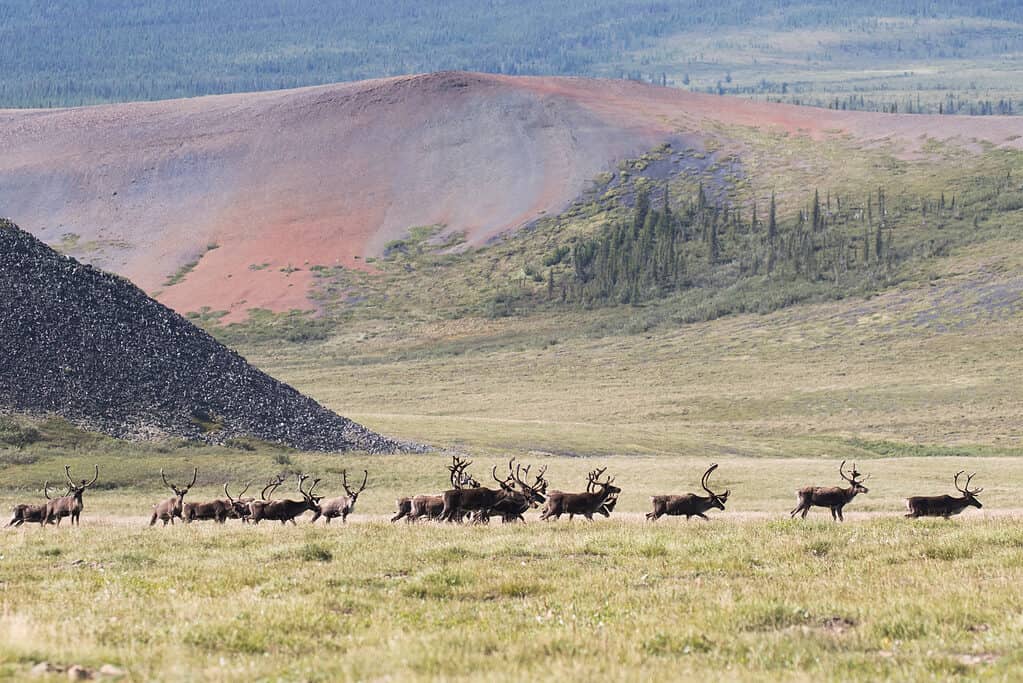
Where To Find The Top Wild Animals in the Arctic
The top wild animals in the Arctic can be found in United States’ Arctic National Wildlife Refuge, which is a 19.6 million acre spread found in northeastern Alaska. Among other animals, a person can witness the spring migration of the porcupine caribou herd. Animals can also be seen in the National Petroleum Reserve-Alaska, which is even bigger than the Arctic National Wildlife Refuge at 23 million acres.
Other places to see Arctic animals are the Ninginganiq National Wildlife Area, Polar Bear Pass, and Coburg Island in Nunavut, Canada. Polar bears are the world’s largest extant bears. ©iStock.com/Alexey_Seafarer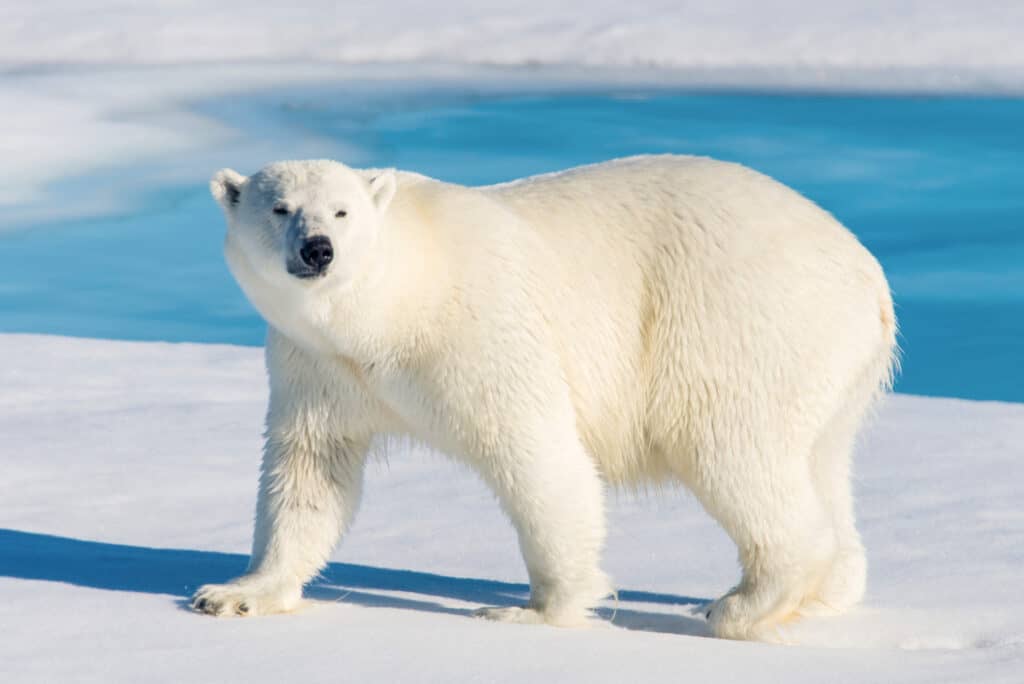
The Polar Bear is the Most Dangerous Arctic Animal
The polar bear has no natural predators and no fear of humans – making them extremely dangerous. At 1,500 pounds, it is one of the largest carnivores on earth. At 1,235 PSI, polar bears have a greater bite force than great white sharks, tigers, and African lions. Their sense of smell is so keen that they can smell a seal 20 miles away. Polar bears prey on seals, walruses, beluga whales, and narwhals – and anything else that gets in their way. All they need to survive are seals and an ice sheet to hunt them from – which is why the melting ice of the arctic is causing them to be in danger of losing their habitat. Polar bears can swim for days at a time but not indefinitely.
The Most Dangerous Animals In The Arctic Today
- Polar bears — They may look like teddy bears – but the Arctic’s national animal is dangerous. There have been 73 known attacks by polar bears, and people died in 20 of them. Most of these attacks were on people traveling in pairs or groups.
- Grizzly bear — This huge bear also attacks humans, though the attacks are rare. Alaska saw 10 fatal attacks by bears between 2000 and 2017 and seven of them were caused by brown bears, which include the grizzly.
- Wolverine — The wolverine is a stocky and powerfully built animal that looks like a cross between a bear and a weasel. It is known to be aggressive and routinely kills prey much larger than itself, but there are no reports that it has attacked humans. Still, this animal deserves respect.
- Canada lynx — This medium-sized wild cat preys on snowshoe hares and is not known to have attacked humans, but if it’s cornered or threatened, it will defend itself ferociously.
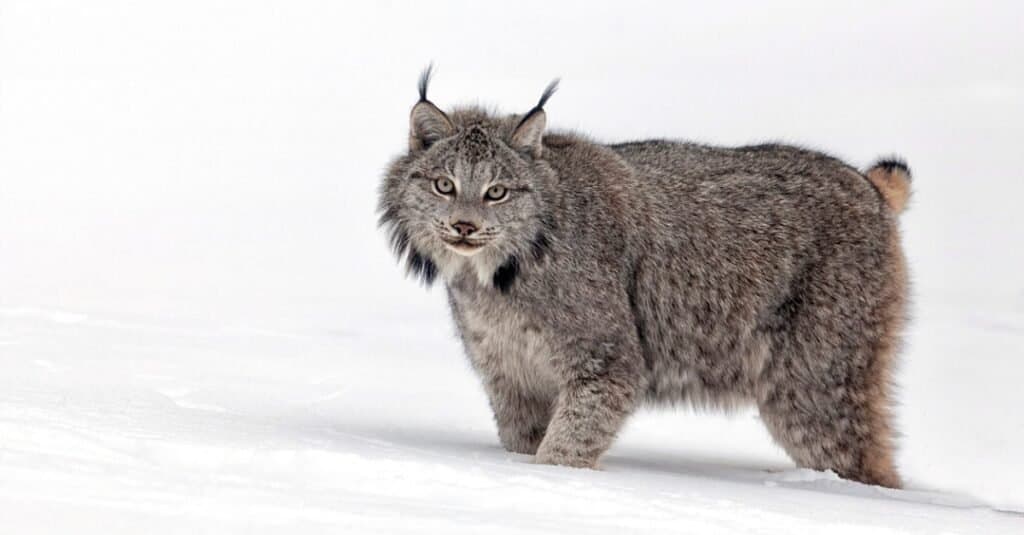
Lynx have exceptional instincts for detecting prey – their favorite being the Arctic hare.
©iStock.com/Lynn_Bystrom
More Endangered Animals In the Arctic
- The polar bear. This magnificent animal is considered vulnerable.
- The long-tailed duck, which breeds in the tundra pools, is vulnerable.
- Sei whale. This baleen whale was hunted until it nearly became extinct, and it remains endangered even though it’s protected.
Arctic Ocean Animals
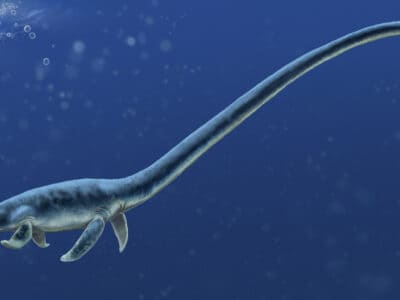
Albertonectes
The Albertonectes had the longest neck out of other Elasmosaurids.
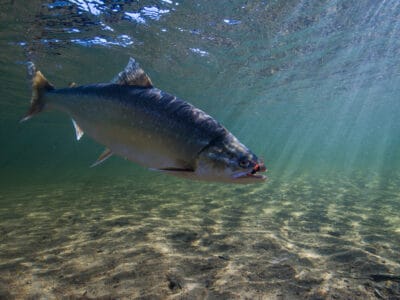
Arctic Char
Arctic char is the northern-most fish; no other fish lives anywhere further north!
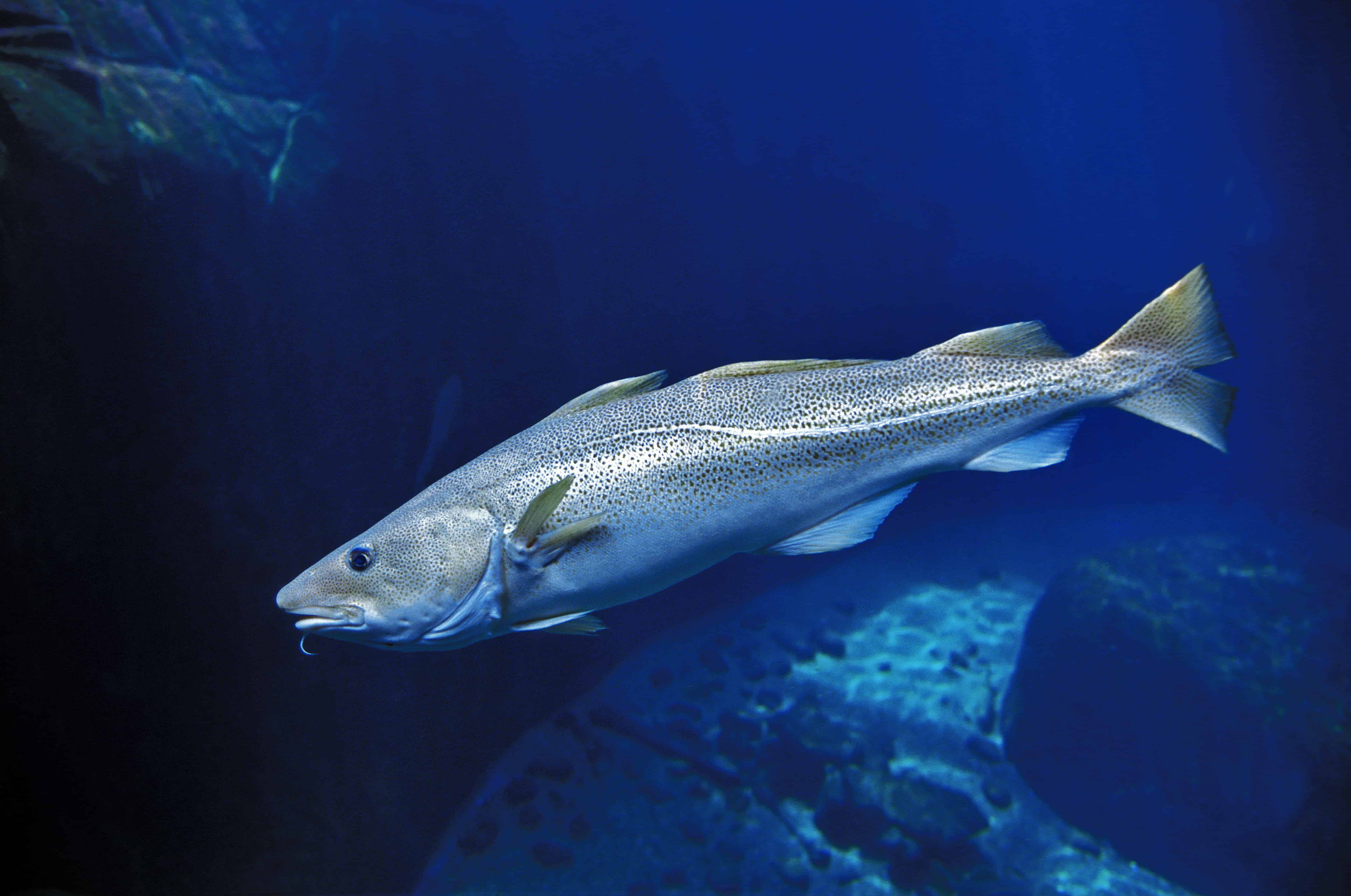
Atlantic Cod
One of the most popular food fishes in the world
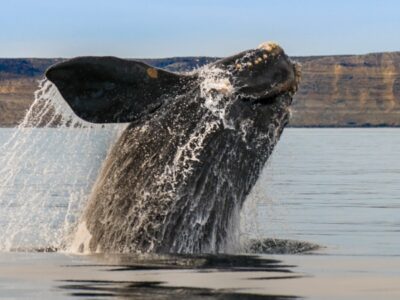
Baleen Whale
“Sings” a whale song during breeding season.

Bird
Not all birds are able to fly!
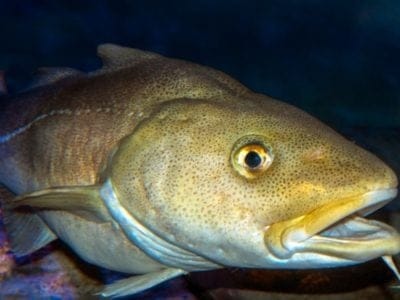
Codfish
Codfish are carnivorous and eat other fish, including young codfish.
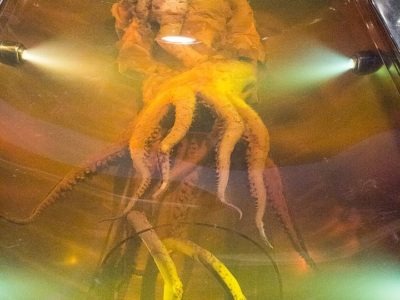
Colossal Squid
Can survive eating a single fish for months

Cookiecutter Shark
The cookiecutter shark takes its name because it leaves a cookie-shaped bite hole in its prey.

Crab
There are 93 different crab groups
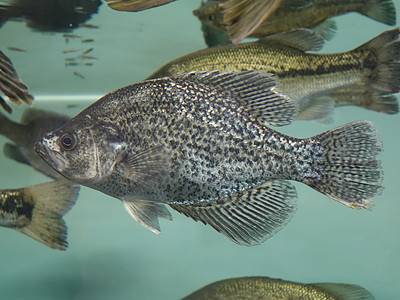
Crappie Fish
The crappie is one of the most popular freshwater fish in North America.
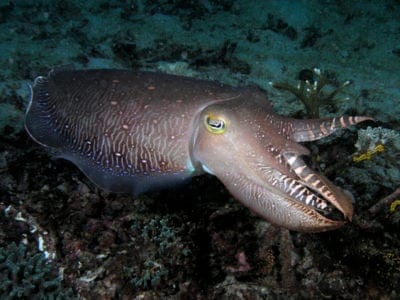
Cuttlefish
Found throughout the world's oceans!
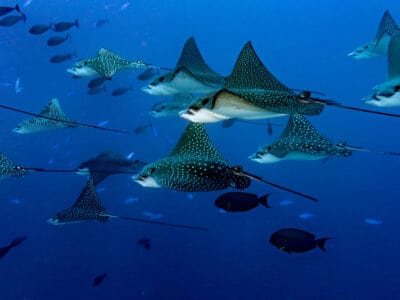
Eagle Ray
Majestic underwater bird like fish

Fin Whale
Found throughout ocean waters worldwide!
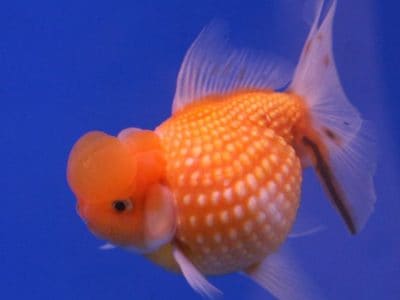
Fish
Respire through the gills on their heads!

Fly
There are more than 240,000 different species!
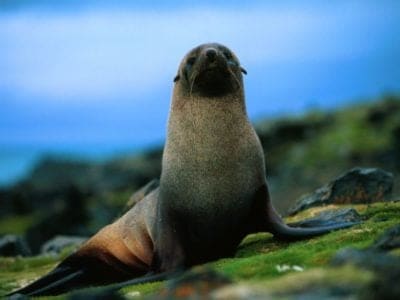
Fur Seal
Found only in the Northern Hemisphere!

Greenland Shark
This shark has the longest lifespan of any vertebrate.
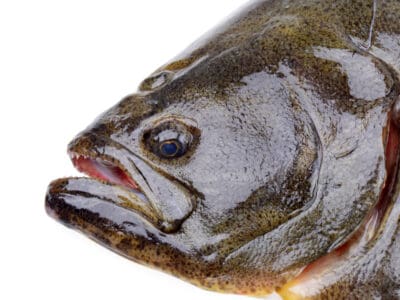
Halibut
The word "halibut" is comes from haly meaning "holy" and butte meaning flat fish due to its popularity on Catholic holy days.

Harp Seal
The harp seal can migrate up to 3,000 miles every year
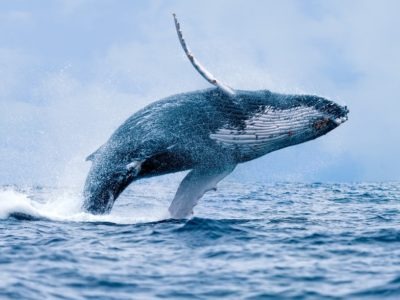
Humpback Whale
There are thought to be 80,000 left in the wild!

Insects
There are an estimated 30 million species!

Jellyfish
Have tentacles around their mouths!

Keta Salmon
During spawning the look of the male changes. Among other things, he grows a beak called a kype that bears fangs.
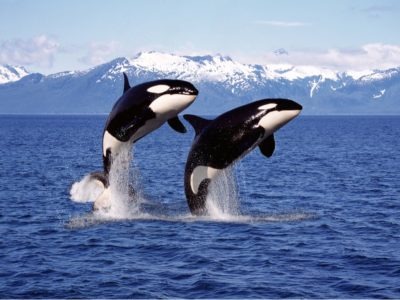
Killer Whale
Typically consumes over 200 kg of food a day!

King Crab
Can have a leg span of nearly 2 meters!

Krill
The krill is perhaps the most important animal in the marine ecosystem!
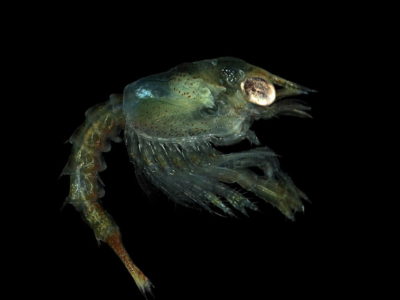
Lobster
Have been known to reach 100 years old!
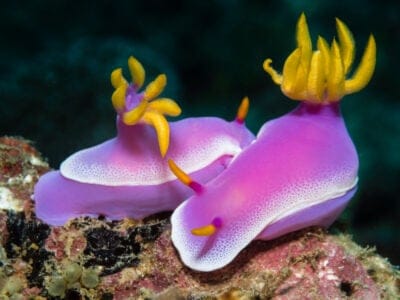
Nudibranch
They get toxins from their prey to use it against predators.
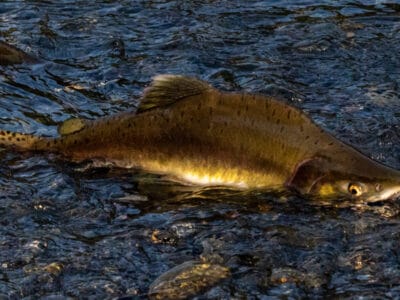
Pink Salmon
The smallest of the North American salmon
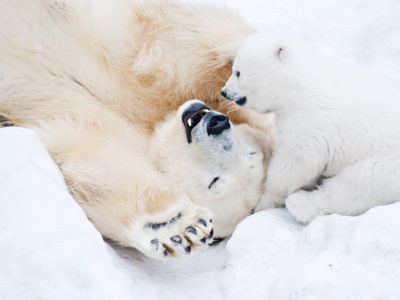
Polar Bear
Could be extinct within the next 30 years!
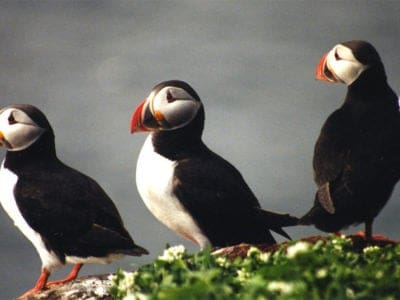
Puffin
Can remain in the water for up to 2 minutes!

Reindeer
Also known as the Caribou

Salmon Shark
Salmon sharks are related to Great Whites.

Sea Eagle
The sea eagle tends to mate for life with a single partner
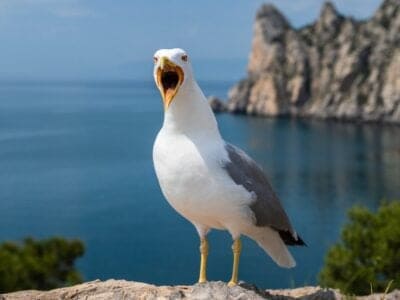
Seagull
Some gulls are capable of using tools

Seal
There are 30 different species worldwide!
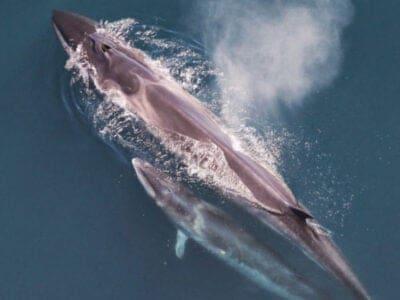
Sei Whale
This whale is one of the fastest of the cetaceans
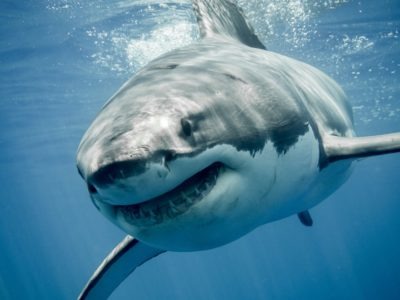
Shark
No shark species has any bones in their bodies

Shrimp
There are 2,000 different species worldwide!

Sleeper Shark
The Greenland shark is one of the longest living vertebrates in the world.

Snail
There are nearly 1,000 different species!

Snowy Owl
One of the largest owl species in the world!

Sponge
There are more than 9,000 known species!
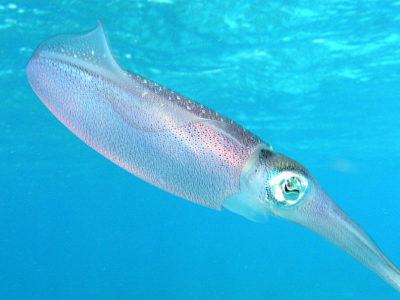
Squid
Some species are known to have 10 arms!

Steller’s Sea Cow
Hunted to extinction in 17 years!

Turtles
Some species of aquatic turtles can get up to 70 percent of their oxygen through their butt.

Viperfish
Viperfish have a bioluminescent spine on their dorsal fin.

Walrus
Inhabits the freezing waters of the Arctic Circle!
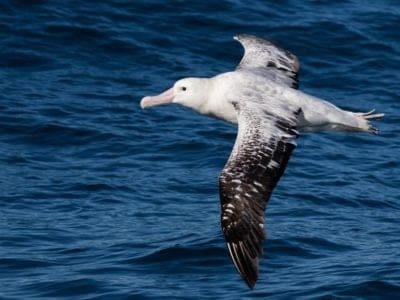
Wandering Albatross
Featured in “The Rime of the Ancient Mariner”
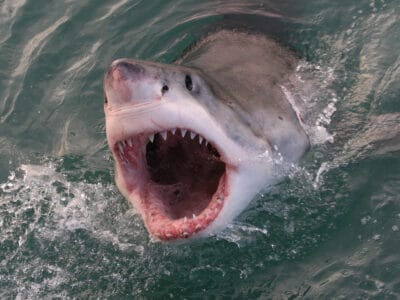
White Shark
White Sharks live in all of the world's oceans.

Woolly Mammoth
Tusks grew to 16ft long!
Arctic Ocean Animals List
- Albertonectes
- Arctic Char
- Atlantic Cod
- Baleen Whale
- Barnacle
- Bird
- Codfish
- Colossal Squid
- Cookiecutter Shark
- Crab
- Crappie Fish
- Cuttlefish
- Eagle Ray
- Fin Whale
- Fish
- Fly
- Fur Seal
- Greenland Shark
- Halibut
- Harp Seal
- Humpback Whale
- Insects
- Jellyfish
- Keta Salmon
- Killer Whale
- King Crab
- Krill
- Lobster
- Nudibranch
- Pink Salmon
- Polar Bear
- Puffin
- Reindeer
- Salmon Shark
- Sea Eagle
- Seagull
- Seal
- Sei Whale
- Shark
- Shrimp
- Sleeper Shark
- Snail
- Snowy Owl
- Sponge
- Squid
- Steller’s Sea Cow
- Turtles
- Viperfish
- Walrus
- Wandering Albatross
- White Shark
- Woolly Mammoth
FAQs (Frequently Asked Questions)
What animals live in the Arctic?
Though the Arctic seems barren sometimes, it isn’t. It is home to a great many animals, including the ones mentioned. Others are the tundra wolf, a gray wolf subspecies, reindeer, caribou and Arctic foxes and hares. By the way, one of the more interesting facts about Arctic wildlife is the difference between reindeer and caribou. Basically, there isn’t any. They are both Rangifer tarandus. They’re called reindeer in Europe. In North America they’re called caribou if they’re wild, and if they’re tame, they’re called reindeer.
Other Arctic animals are the Ungava brown bear, which is probably extinct. There’s the Arctic wolf, which like many Arctic animals, has a thick white coat; the Arctic shrew, the Arctic ground squirrel, the red fox, moose, muskrats and lemmings. Seals include the ribbon seal, the ringed seal, and the Northern elephant seal. Harbor and harp seals are also found in the Arctic.
Cetaceans include the harbor porpoise, the Narwhal, the beluga whale, the bowhead whale and the blue whale, the largest animal on earth. Killer whales also visit the sea around the Arctic. The cold northern seas are also abundant in fish, including Arctic char, Atlantic and pink salmon, haddock, the Greenland shark and the viviparous eelpout, a unique fish that breathes air, gives birth to live young and nurses them while they’re still in the womb. Population of cod are still healthy in the Barents Sea. Sharks can also be found in the Arctic oceans.
Many of the birds who live in or visit the Arctic are sea birds, save the snowy owl and the ptarmigan. Sea birds include the Arctic tern, the kittiwake, the fulmar, the black guillemot, the Arctic skua, the glaucous gull, the ivory gull, the red or gray phalarope and the pink-footed goose.
Another of the Arctic’s interesting facts is hat it is even home to insects. Fifteen hundred species of insects live past the tree line in Canada, and 350 species are found in the coldest parts of the Arctic. There are even mosquitoes, butterflies and moths, but most of the insects so far north are flies. Spiders and worms can also be found in the tundra.
Are penguins Arctic animals?
Interestingly, penguins are not found in the Arctic. Only the Galapagos penguin lives in the Northern Hemisphere, and it lives near the equator. Auks, including the now extinct great auk, seem to have replaced penguins in the Northern Hemisphere.
Is a bald eagle an Arctic animal?
Yes, this iconic sea eagle is indeed found in the Arctic.




